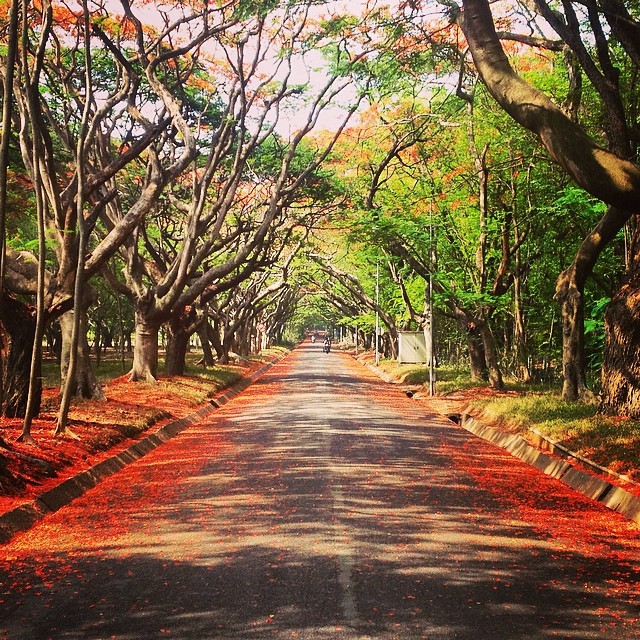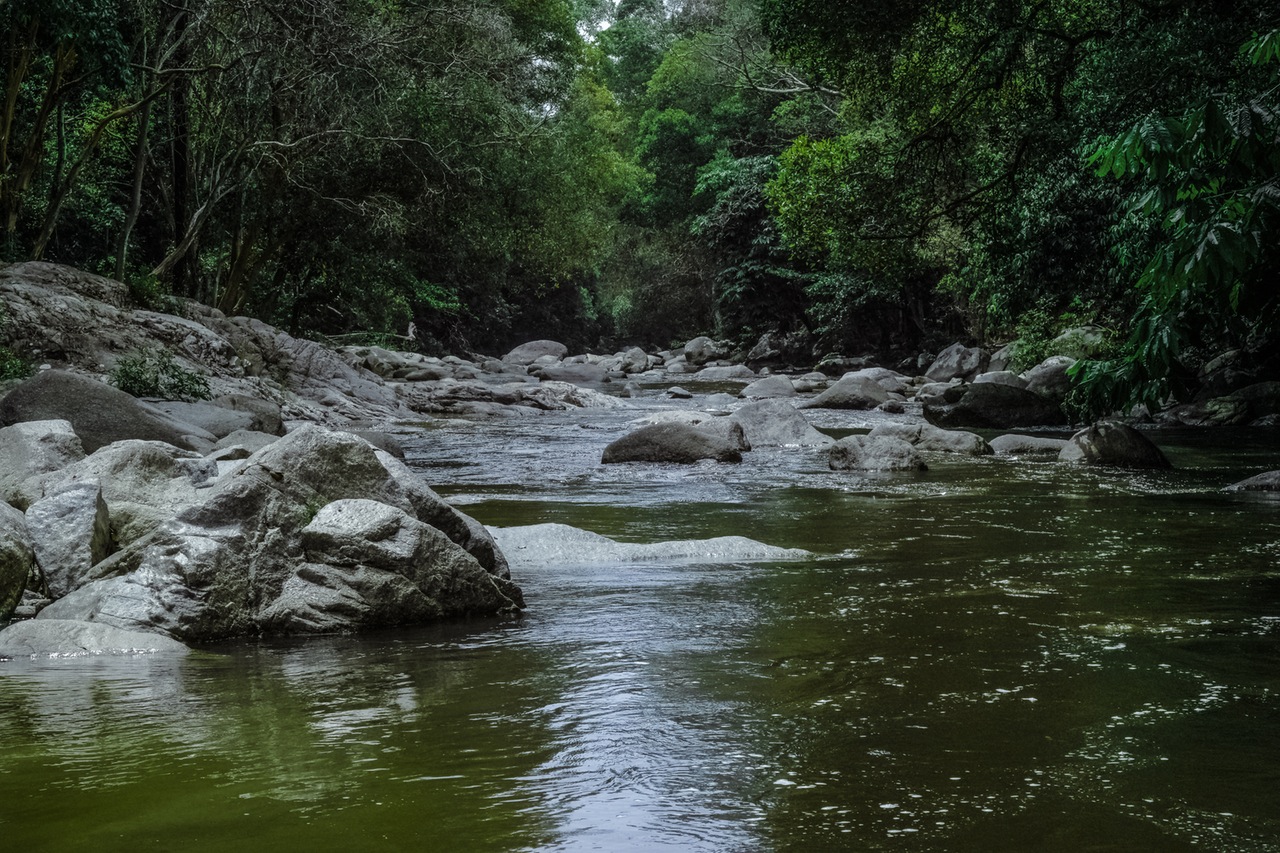Borrowing Water From Our Children

Living in Bengaluru for over 2 decades, the river Cauvery reminds us of the primary importance of water every time there is a Supreme Court verdict. When we moved into an apartment in 2003, we used to joke to our friends in water-deprived areas that we bathed in the Cauvery. Many bureaucrats lived in our community which explained the constant supply of the river to our taps! However, things have changed drastically over the past 6 years – today, we resort to tanker water which has an unknown source.
The Cauvery and its origins
Any educated soul in Bangalore will tell you that Tala Cauvery is the origin of the Cauvery! But, have you ever wondered how this trickle could turn into a mighty river of 765 kilometres that flows across the Indian peninsula into the Bay of Bengal? The river fetches water from 3 different states - Kerala, Karnataka, and Tamil Nadu before reaching the Bay of Bengal. Its main tributaries are Kabini, Shimsa, Hemavati, Arkavati, Honnuhole, Lakshman Thirtha, Bhavani, Lokapavani, Noyyal.
Kabini originates in Wayanad; Shimsa in Devarayana Durga hills of Tumkur district ; Hemavati in Ballalarayana Durga in the Chikmagalur District; Arkavati in Nandi Hills (Kumudavati and Vrushabhavati which flow as sewage from Bangalore are it's tributaries); Honnuhole in Kollegal, Lakshman Thirtha in Kodagu; Bhavani in Silent Valley National Park (gets water from Moyar of Mudumalai National Park), Lokapavani in Karighatta hills in Mandya, Noyyal in Vellingiri hills in Coimbatore.
Of these mighty origins, Wayanad, Chikmagalur, Kodagu, and Silent Valley have a common link - the Western Ghats or the water tower of peninsular India. The entire monsoon absorption happens in the forests of these Ghats making these rivers perennial. Of these tributaries, Kabini, Lakshman Thirtha, Hemavathi, and Arkavati are critical for Karnataka and TN and hence, paramount are the hills and forests that sustain the river.
The much ignored forest connection
Wayanad (or Vana Nadu, the land of forests) drains almost 90 tmcft (thousand million cubic feet) of water into the Kabini, the main tributary of the Cauvery. 95% of Wayanad's land area is in the Kabini basin which has a basin length of 56 km in Wayanad and a total catchment area of 1934.50 sq. km.
Shola Grasslands, the water sinks
The Sholas are a mosaic of mountain evergreen forests and grasslands. They retain most of the rain they get over the monsoons and release it slowly through the year via a network of streams and rivers. They are found only in high altitude (> 1500 m ASL) regions in the tropics, and are limited to the southern part of the Western Ghats. Wayanad is home to 3 major rivers flowing from its shola grasslands which eventually join Kabini in Karnataka. Sholas ensure the rivers remain a perennial water source during periods of no rain.
The forests and hills that flourish river Cauvery
An old farmer in Wayanad once narrated how a small stream that flowed near his land was marked to be clear-felled for a Government project. As the government team began cutting trees, the local farmers experienced an almost instant reduction in water flow in the stream. The story goes that the locals protested to save the stream that the community depended on. The table below proves that the water flowing down every mountain and through every forest finds its way into the Kabini through it's veins – the streams.
Dwindling forests and disappearing river beds
Three years ago, we witnessed the sprouting of several springs on our land with the advent of heavy rain. This year we saw a 65% rainfall deficit in Wayanad. The indicators portend a drought-hit district.
Saga of forest encroachments
Overall, forest cover in Wayanad has dwindled from 70% to 40% since 1970. The British Raj was responsible for widespread conversion of tropical wet evergreen forest to establish defence academies and plantations in the Nilgiris and Munnar. The settlers from coastal Kerala grabbed land from the tribals in 1965. Approximately 700 hectares were given under Wayanad colonisation scheme for world war soldiers. Private forests were taken by Poddar and Harrisons who own 2000 hectares of tea estates each, denuding the landscape.
In 1970, under the Grow More Food Programme, anyone desiring to cultivate food was given large hectares of forest land. Anyone cultivating such land prior to May 1971 was given legal ownership of it. In a case filed in 1973, the High Court ruled the Vesting Assignment Act (which declares private forests in Kerala as agricultural lands) constitutionally invalid. In 1976, the Supreme Court declared the Act constitutionally valid. Between 1977 and 1990, there was heavy encroachment on forest lands - 900 hectares were encroached upon. In 1993, a new rule came into existence that legalised all encroachments prior to January 1977. To this day, the Forest Department is struggling with land disputes claims prior to 1977.
This stream originates in a small patch of forest and supplies water to roughly 20 acres of paddy
Government projects in Forests
Later, large scale projects like the Banasura Dam, Pookode Dairy, Sugandhagiri Tribal Project, and various other estates claimed around 2,130 hectares of forest land. Vested forests were assigned to tribals in 1971; and in 2002, 2,800 hectares were transferred under Forest Rights Act. 733 hectares of pepper plantations under the Forest Department's ,Vanalakshmi Scheme were encroached in 2002. Subsequently, almost 2000 hectares of these lands were given, under the Forest Rights Act, to landless tribals between 2009 and 2012. Of the 40% which is currently demarcated as forest, plantations of teak, eucalyptus, silver oak - species that deplete the water table inside sanctuaries has reduced the tropical wet evergreen forests to monoculture plantations since 1860.
Mountains in this landscape control the critical hydrology. Recent violations of the Plantation Act, Land Reforms Act, and Wetland Conservation Act are seeing large tracts of land outside forests being converted for destructive activities such as mining, quarrying, resorts, tourism, and monoculture plantations of banana and ginger. This poses a constant threat to the hydrology, water and food security, and culture of Wayanad.
A keni is a small well. It is usually brimful of water year-round. This spring supplies water to almost 10 houses downhill all year long.
The killer crop of the Western Ghats: Ginger
Ginger farmers denude land of it’s old growth native trees, allowing sudden availability of sunlight, cashing in on the rich humus that has accumulated over years. The expensive ginger seeds, chemical fertilisers and killer pesticides are bought from the sale of this timber. Every ginger farmer knows that the land becomes fallow in the third year of cultivation yet he goes on, eyeing newer pastures. This plunder of land that started in Kerala, has moved into the Devera Kaadu (sacred groves) of Kodagu, acquiring land as far as Chikmagalur.
Wayanad has seen unprecedented population explosion in the past few years with river beds turning into high rise apartments, hill slopes into quarry units, forests into universities and medical institutes. Hospitals and the tourism industry contribute to the hazardous waste that is dumped into forests and rivers.
The construction for the Government Veterinary College destroying the shola grasslands - our water sink.
The seventh generation
There is a famous, great law among the Iroquois,
In every deliberation, we must consider the impact on the seventh generation.
Seven generation sustainability is an ecological concept that urges the current generation of humans to live sustainably and work for the benefit of the seventh generation (140 years into the future).
Our forests, mountains and rivers are borrowed from our children. The local tribes all over Western Ghats have conserved these places for centuries. In half a decade, the greed for more money is depleting our rivers and forests. Cauvery will only flow if these forests are conserved – the choice is ours.
All images by the author.
Featured image: Flickr CC/Ashwin Kumar.
Meera handles operations at Smarter Dharma providing urban solutions on resource efficiency across energy, water and waste. She has more than 16 years of experience in IT Strategy and Solution delivery across Banking & Financial Services and multilateral banks globally. She has led urban waste management at a community level for 220 apartments in 2011, offsetting 90% from landfills. She is the founding member of Forest First Samithi, a non- profit that works to conserve endemic Western Ghat trees. She has played a monumental role in conserving 120 endemic tree species by planting over 4000 tree saplings. She and her husband Rajesh manages organic farms creating direct customer market links for products through their small venture called Poornam.









